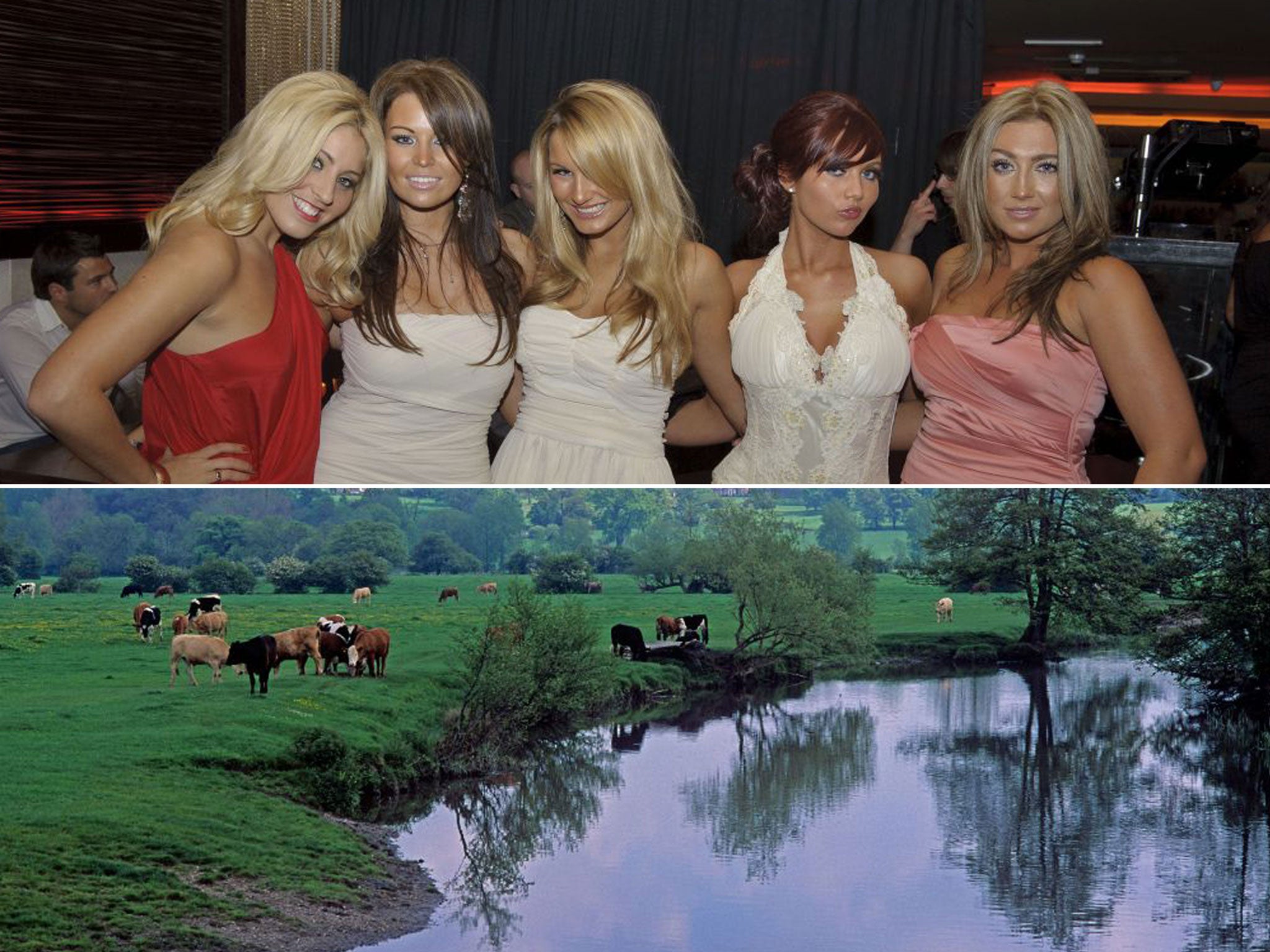The Joy of Essex: In praise of much-maligned ancient county
In recent years, the ancient county has been associated with fake tan and melodrama. In fact, argues Jonathan Meades, it’s one of the most extraordinary parts of Britain

Your support helps us to tell the story
From reproductive rights to climate change to Big Tech, The Independent is on the ground when the story is developing. Whether it's investigating the financials of Elon Musk's pro-Trump PAC or producing our latest documentary, 'The A Word', which shines a light on the American women fighting for reproductive rights, we know how important it is to parse out the facts from the messaging.
At such a critical moment in US history, we need reporters on the ground. Your donation allows us to keep sending journalists to speak to both sides of the story.
The Independent is trusted by Americans across the entire political spectrum. And unlike many other quality news outlets, we choose not to lock Americans out of our reporting and analysis with paywalls. We believe quality journalism should be available to everyone, paid for by those who can afford it.
Your support makes all the difference.The Essex I have known all my adult life is grossly at odds with the Essex of popular mythology and hackneyed mediation.
The former, which is hauntingly photographed by Francis Hanly in our show The Joy of Essex, is a place of estuarine ooze, seawalls, pylons, Thames barges with sails the colour of dried blood, sail lofts, hoppers, hulks’ ribs, mussel shells, silos, tidal swell, saltings, epic skies, beached boats, causeways, marine scrap, isolated farmhouses, teetering pallet towers, marshes, ships looming over land and the ghostly vestiges of several utopias.
It is hardly surprising then that, even before it became a mecca for bling-related diseases and vertical tanning conditions, it should not have enjoyed the sort of kudos that attaches to, well, to just about any other county. With the exception of Saffron Walden and a handful of villages in its north it lacks the sine qua non of “true” Englishness: it is bereft of the picturesque.
Its beauty is, on the contrary, quasi-epic; it possesses grandeur rather than intimacy; it incites awe rather than fondness; it is harshly handsome, douceness is a rare commodity; it is often astonishing, seldom pretty. Prettiness has nothing to do with beauty, especially with a beauty that is so evidently mutable because it’s dependent on tides which remake every creek every day. This is a moon-made landscape which is also a waterscape. The ambiguity is potent. To look down on to the Walton backwaters is equally to look down on the Walton backlands. Such a sense of impermanence and of susceptibility to powers beyond our control is rare in these islands.
The semis, the bungalows, the cars and the clothes may be just the same as elsewhere but they do not occlude Essex’s extremism, its primitivism. Elemental change is accelerated here, it’s more apparent. That change serves as an emblem of human powerlessness. No matter how dogged they are, the questionably spiritual and the physically practical are both revealed to be provisional. The sea, formerly known as the German Ocean, is the enemy, the bounteous evil against which all defence is ultimately in vain. The devil apparently used to disguise himself as the sea and would attempt to breach dykes: the frequency of the name grimsdyke derives from grimr, Norse for devil, a quick-change artiste who could appear in manifold forms.
In the early Seventies, driving one Sunday morning from Maldon to Cambridge, I stopped for petrol at a rudimentary garage. From behind its wooden building there came in Indian file three gaunt men in black twill suits and moustacheless beards. A woman wearing a sort of celluloid bonnet followed them. Each carried a book. Plymouth Brethren? Peculiars? Whatever sect they adhered it was far from the social rite called Anglicanism. These were believers. Ascetics. They might have been the inventions of Flannery O’Connor or Grant Wood.
Topographical and climatic extremism obviously foment transcendentalism and religious delusion: witness the Abrahamic systems of superstition. Essex’s perviousness to sects, cults, devotional outreach, interfaith handshake hubs, to a sumptuous gamut of treats for the credulous is akin to that of a desert, a mountain top, a wilderness or, say, the Isle of Lewis, another place on the very edge which invites the sane to shed rational appreciation of the wonders of geological happenstance and meteorological caprice and get praising. Inshallah. Mercy Lord.
The Joy of Essex is on BBC 4 on 29 January at 9pm. This piece was originally published on the website of the Rationalist Association http://rationalist.org.uk/today
Join our commenting forum
Join thought-provoking conversations, follow other Independent readers and see their replies
Comments